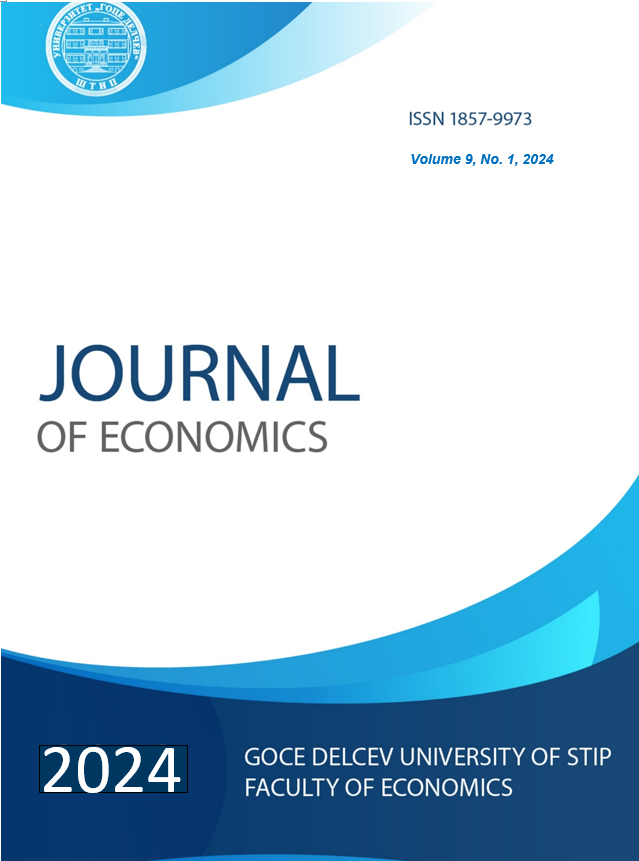AI impact on traditional credit scoring models
DOI:
https://doi.org/10.46763/JOE249101tKeywords:
AI, credit score, banks, creditworthiness risk assessmentAbstract
Credit scores are an integral part of a bank's lending process because they provide insight into the creditworthiness of each borrower. The traditional credit scoring models offer a standardized approach, but they come with certain shortcomings. AI and machine learning credit scoring models overcome the negative aspects of traditional models while offering banks and borrowers more accurate techniques for risk assessment. Even though AI-powered models are superior to the traditional, they do come with certain challenges related to potential bias, transparency, privacy, and regulatory compliance. It is anticipated that in the future, hybrid credit scoring models will most likely be developed by banks in their efforts to emphasize the advantages and reduce or eliminate the shortcomings of the different models.


